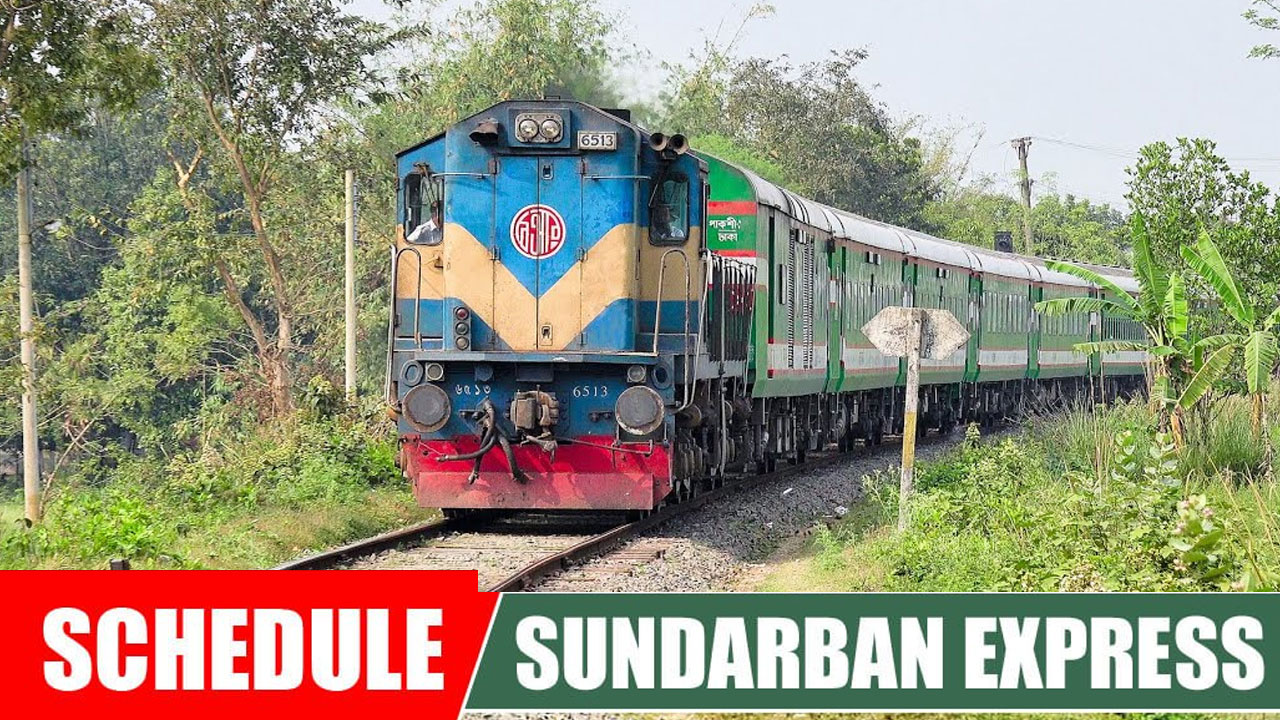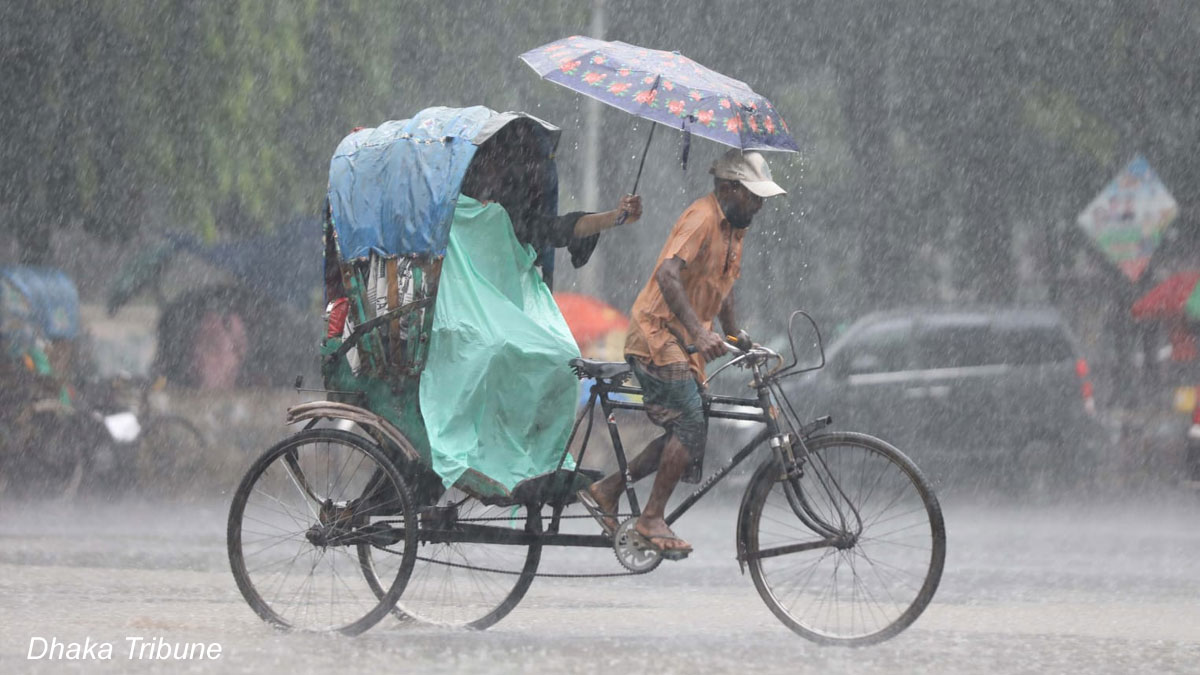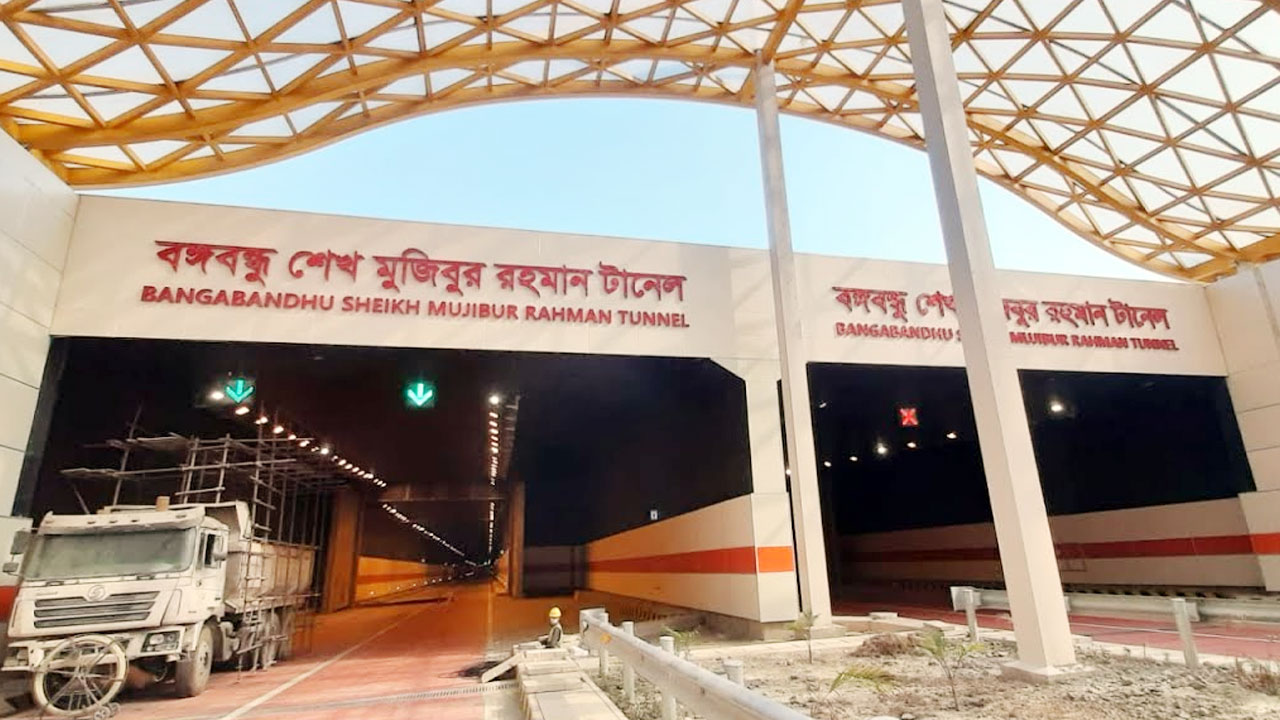The Detailed Area Plan (DAP) 2022-2035 is the latest urban area plan developed by Rajdhani Unnayan Kartipakkha (RAJUK) for the sustainable development of Dhaka city. This comprehensive plan aims to ensure planned urbanization, improve living standards, and facilitate economic growth over the next 15 years.

What is Detailed Area Plan – DAP?
The Detailed Area Plan or DAP is a statutory document prepared under the Town Improvement Act 1953 and the Dhaka Metropolitan Building Construction Rules 2008. It legally ensures proper utilization of land and balanced distribution of different activities and utilities within a specific area. The Detailed Area Plan (DAP) acts as a blueprint for the systematic growth of a region.
Detailed Area Plan (DAP)s are prepared for different areas or zones of Dhaka city. The latest Detailed Area Plan (DAP) 2022-2035 has been prepared for Dhaka’s entire metropolitan area covering about 1,528 square kilometers. It is a strategic land use plan that divides Dhaka city into various land use zones such as residential, commercial, industrial, agricultural, water body etc. Based on the allocation of different zones, the plan puts limitations and gives directives regarding which type of structures or activities can be permitted in a certain area.
Key Features of Detailed Area Plan – DAP 2022-2035
- Covers the entire Dhaka Metropolitan Area of about 1528 sq km
- Population projection of 3.31 crore by 2035
- Proposes total residential land of 703.22 sq km to accommodate projected population
- Proposes strategies for future urban expansion up to 2035
- Identifies primary, secondary and tertiary road networks along with road widths
- Allocates lands for different uses – residential, commercial, industrial, agricultural etc.
- Includes provisions for open space, water bodies, urban forestation
- Proposes looped network of surface water canals and retention ponds
- Suggests redevelopment of dilapidated areas and renewal of urban fabric
- Proposes spatial plans for flood flow zones and storm water drainage
- Reserves lands for future infrastructure and facility requirements
Strategic Goals of Detailed Area Plan – DAP 2022-2035
The Detailed Area Plan (DAP) 2022-2035 is aligned with the vision of transforming Dhaka into a livable and climate resilient city. The main strategic goals of this plan are:
- Manage urban expansion and create a balanced urban form
- Ensure sustainable and planned urbanization
- Improve living standards by equitable service distribution
- Build climate resilience into urban planning
- Preserve water bodies, open spaces and natural features
- Develop efficient transportation networks
- Revitalize old areas and promote mixed-use developments
- Enhance economic growth through industrial allocation
- Strengthen governance and institutions for effective plan implementation
Land Use Zones Proposed by Detailed Area Plan – DAP 2022-2035
The total area of Dhaka city has been divided into the following broad land use zones in the Detailed Area Plan (DAP) 2022-2035:
- Residential Zone: This makes up the biggest share with 41.3% of total land allocated for housing of the growing population. Different categories are low, medium and high density residential areas.
- Waterbody: It reserves 11.7% of total area for rivers, khals, ponds and retention water bodies to maintain Dhaka’s hydrological system.
- Transportation Zone: This zone accounts for 10.5% and includes roads, highways and traffic terminals. Proposed road network has been increased from 5493 km to 6213 km.
- Mixed Use Zone: 9.3% land is allocated for areas having blend of residential, commercial and other uses. This allows for compact development.
- Commercial Zone: 7.7% of land is set aside for business districts, markets, shops and other commercial activities.
- Industrial Zone: 5.6% of the total area is reserved for manufacturing and processing industries in designated locations.
- Institutional Zone: 5% of land is allocated for government offices, educational institutes, health facilities and other institutional establishments.
- Open Space: 3.6% of total land is allocated for parks, playgrounds, urban forestation and open spaces.
- Agricultural Zone: 2.5% of land is proposed for retaining agricultural and rural uses.
- Others: Remaining 2.7% land is allotted for restricted areas, transport terminals, graveyards, hill areas etc.
Salient Features of Proposed Residential Zone
As population and housing demand will grow significantly, the Detailed Area Plan (DAP) places special emphasis on the residential zone which accounts for the largest share of land use. Some key features include:
- Area increased from 1196 sq km in 2015 to 1809 sq km in 2035
- High density areas to be expanded vertically through apartments
- Medium density housing in the form of individual plots
- Provisions for commercial activities within residential neighborhoods
- Adequate facilities and open spaces to be ensured in all residential zones
- Housing for low income groups to be accommodated.
Implementation Strategies
To translate the Detailed Area Plan (DAP) into reality, some key implementation strategies proposed include:
Institutional Coordination: Effective coordination between RAJUK, city corporations, utility agencies, transport authorities and other government bodies.
Legal Framework: Ensure compliance through rules and regulations regarding land use, building construction permits, development control etc.
Investment Planning: Public and private financing mechanisms and partnerships for major infrastructure and development projects.
Capacity Building: Enhancing capabilities of planning and development organizations through recruitment, training and technological upgrade.
Monitoring: Constant monitoring of plan implementation through up-to-date spatial databases, progress reports and performance audit.
Periodic Review: The DAP is not static and may require revisions through periodic review to account for changing ground realities and emergent challenges.
People’s Participation: Public awareness campaigns and consultations to ensure community participation in all stages from planning to implementation.
Challenges in Detailed Area Plan (DAP) Implementation
Some key challenges anticipated in translating the DAP 2022-2035 into reality include:
- Coordinating actions of multiple agencies with conflicting interests
- Ensuring compliance of rules regarding land use and building permits
- Evicting illegal occupants from key areas like reserved wetlands
- Providing resettlement of displaced people
- Financing massive investments for infrastructure development
- Acquiring lands for roads, public facilities etc.
- Overcoming capacity and manpower constraints
- Preventing informal developments in the urban periphery
- Managing urban flooding, traffic congestion and other issues
- Obtaining continued political support over long duration
- Withstanding pressures from private land developers
Significance of Detailed Area Plan (DAP) 2022-2035
The DAP 2022-2035 is a significant step towards a more livable, sustainable and climate resilient Dhaka city. Some key benefits of this plan include:
- Providing a unified land use directive for orderly urban expansion
- Curbing haphazard growth and proliferation of informal settlements
- Ensuring adequate housing for all income groups
- Addressing future infrastructure and service needs
- Enhancing climate resiliency through water body preservation
- Improving mobility through enhanced road networks
- Revitalizing dilapidated inner city areas
- Guiding public and private sector investments
- Generating economic growth through industrial allocation
- Achieving sustainable development goals
The effective preparation and implementation of the DAP 2022-2035 will be crucial for Dhaka city to become an organized, efficient, equitable and livable megacity by 2035. This strategic land use plan provides a crucial framework to balance urbanization and development needs. But its proper execution will depend on strong commitment, institutions, resources and above all – political will.
Frequently Asked Questions about Detailed Area Plan (DAP) 2022-2035
Here are some answers to common queries people have regarding the Detailed Area Plan 2022-2035:
What is the time period of DAP 2022-2035?
The DAP 2022-2035 has been prepared for a 15-year period from 2022 to 2035. Previous DAP covered 1997 to 2015.
Which geographic area does the DAP cover?
The DAP 2022-2035 covers the entire Dhaka Metropolitan Area encompassing Dhaka city, surrounding municipalities, urban fringe and rural hinterland spanning about 1528 sq km.
What will be Dhaka’s population by 2035 as per DAP?
DAP projects Dhaka Metropolitan Area’s population to grow to 3.31 crore by 2035 from the current 2.2 crore.
How is land allocated to different uses in DAP 2022-2035?
The DAP divides Dhaka city into residential, commercial, industrial, transportation and other land use zones. 41% land is for residential use – the highest allocation.
What are the main features of residential areas proposed in DAP?
DAP proposes high density vertical housing, medium density individual plots, facilities for low income groups, blending with commercial uses and open spaces in residential neighborhoods.
How will DAP support climate resilient urban development?
By preserving wetlands and water bodies, adopting climate sensitive designs, improving drainage and retaining agricultural & green zones, DAP aims to build climate resilience.
Which agency has prepared the DAP 2022-2035?
Rajdhani Unnayan Kartipakkha (RAJUK) – the urban planning authority for Dhaka city has prepared the DAP 2022-2035.
What legal status does DAP possess?
The DAP is a statutory plan sanctioned under legislation. Land use and building construction must conform to its provisions.
How can citizens provide input to DAP process?
RAJUK conducted consultations with stakeholders including citizens. Further feedback can be provided during periodic review of DAP implementation.




